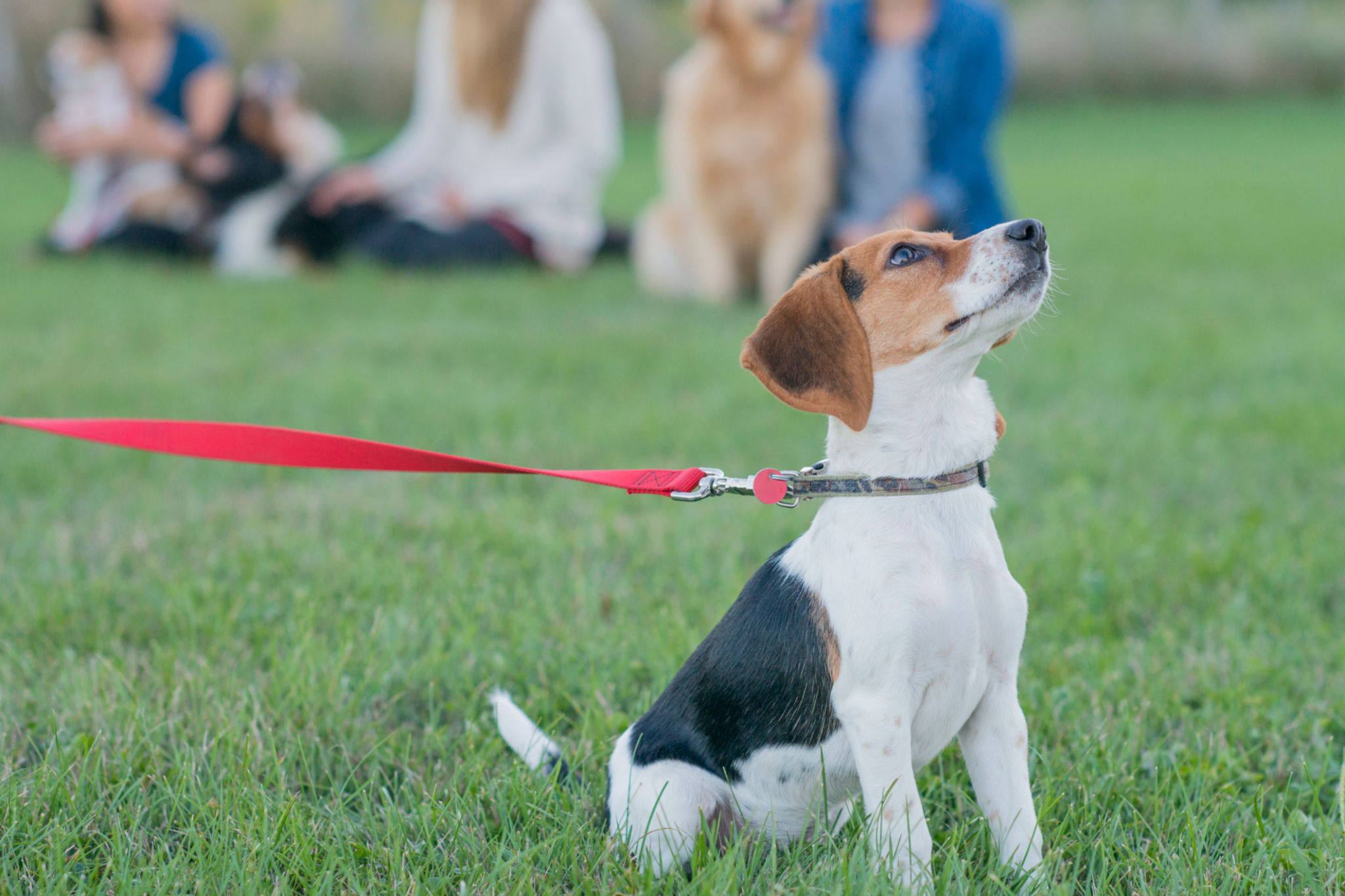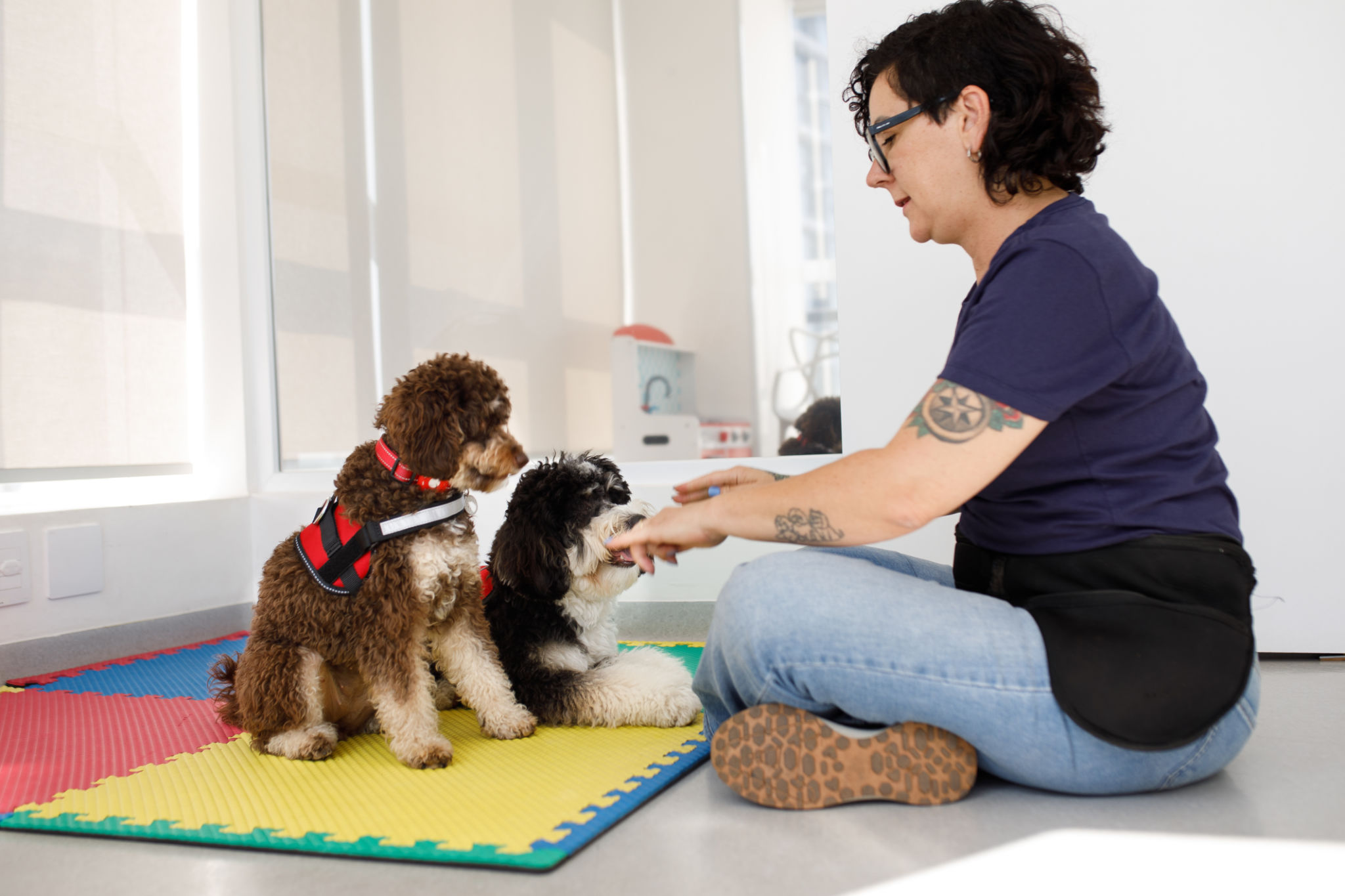Common Dog Training Mistakes and How to Avoid Them
Understanding the Basics of Dog Training
Training your dog is an essential part of ensuring a harmonious relationship between you and your canine companion. However, many dog owners unknowingly make common mistakes that can impede progress. Understanding these errors and learning how to avoid them can make a significant difference in your training efforts.

Inconsistent Commands
One of the most frequent mistakes is the use of inconsistent commands. It's crucial for everyone in the household to use the same words and tone for specific commands. If you say "sit" while another family member says "down" for the same action, it can confuse your dog and hinder their learning process.
To avoid this, establish a clear list of commands and ensure everyone uses them consistently. Remember, consistency is key to effective training.
Lack of Patience
Training a dog requires a great deal of patience and understanding. Dogs don't learn at the same pace, and some may take longer to grasp certain commands. Impatience can lead to frustration for both you and your dog, which can negatively affect the training process.

It's important to maintain a calm demeanor during training sessions. Celebrate small victories and be patient as your dog learns at their own pace.
Not Using Positive Reinforcement
Positive reinforcement is one of the most effective training methods. Many owners make the mistake of focusing too much on punishment rather than rewarding good behavior. Dogs respond better to rewards like treats, praise, or playtime, which encourage them to repeat desired actions.
Ensure you're rewarding your dog immediately after they perform the desired behavior. This will help them associate the action with a positive outcome.

Overwhelming Training Sessions
Another common mistake is conducting long and overwhelming training sessions. Dogs have relatively short attention spans, and extended sessions can lead to boredom or frustration. Instead, opt for shorter, more frequent sessions that keep your dog engaged and interested.
Aim for sessions that last no more than 10-15 minutes, and always end on a positive note to keep your dog motivated for future training.
Ignoring Behavioral Signals
Dogs communicate through body language, and ignoring these signals can lead to misunderstandings during training. Pay attention to signs such as tail wagging, ear position, and eye contact. These cues can provide insight into your dog's comfort level and readiness to learn.
By being attentive to these signals, you'll be able to adjust your approach and create a more conducive learning environment for your dog.
Conclusion: Building a Strong Training Foundation
Avoiding these common dog training mistakes can set you on the path to success. By being consistent, patient, and attentive, you can create a positive training experience that strengthens the bond between you and your dog. Remember, every dog is unique, so tailor your techniques to fit your pet's individual needs for the best results.
